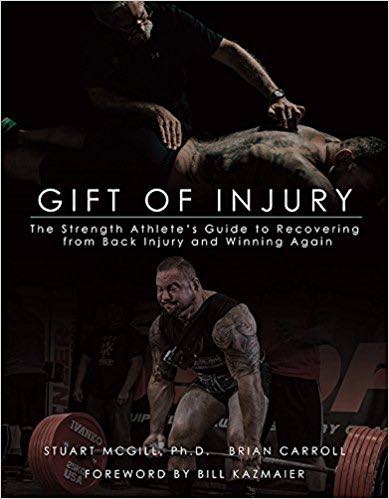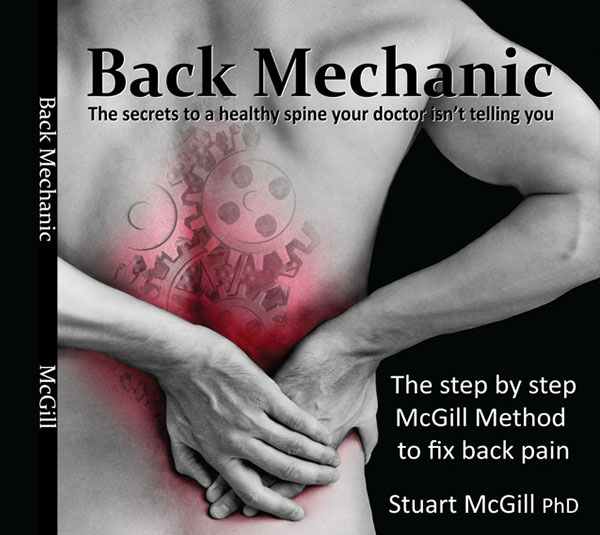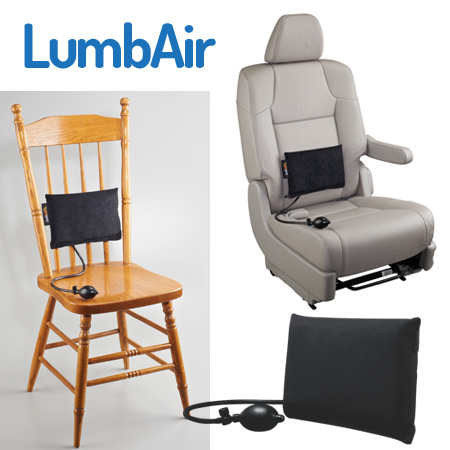15 Oct The Broken Aren’t Weak… They’re Misled.
Article Rundown
- Lazy coaching that forces everyone to squat or deadlift leads to preventable injuries.
- Real coaching requires individualized assessment, understanding capacity, and respecting biological limits.
- Stress builds adaptation only when the lifter is properly prepared and pain-free first.
- The broken aren’t weak—they’re misled by poor coaching and misinformation.
The Broken Aren’t Weak… They’re Misled.
Recently, Grant Broggi posted a video titled “‘Exercise Scientist’ is Wrong About Deadlifts,” where he took short clips of Dr. Stuart McGill’s podcast completely out of context and referred to him as an “exercise scientist.” Let’s clear that up right away — Dr. McGill is not a “exercise scientist.” He’s a clinical biomechanist, a world authority on spine biomechanics with over 250 published studies, decades of hands-on work with Olympians, soldiers, powerlifters, and people in pain.
When you reduce that kind of expertise to a lazy label and cherry-pick soundbites to prove a point, you’re not educating anyone. You’re misleading people who don’t know better — and that’s exactly how lifters get hurt.
You Don’t Coach the Broken
This isn’t about working hard versus working smart. This is about understanding who you’re coaching. You don’t coach the broken. You rebuild them. You guide them out of the dark.
The idea that everyone must squat or deadlift is lazy coaching. It’s reckless. That mindset is exactly what destroys 14-, 15-, and 16-year-old athletes — kids who come into the gym squatting, benching, and deadlifting three times a week under the banner of “hard work.” Then they show up here broken, terrified, and frustrated after their MRI shows endplate fractures and annular tears that make sitting at a desk unbearable, let alone training heavy.
Coaching isn’t about forcing someone into a barbell pattern. It’s about meeting them where they are — physically, structurally, and psychologically.
Real Coaching Requires Real Assessment
Every exercise is a tool. And every tool has to fit the lifter. Real coaching starts with assessment:
- What are this person’s leverages?
- What’s their injury history?
- What are their biological limits and tipping points?
Not everyone has the same hip configuration or spine mobility. Some lifters have shallow hip sockets — great for deep squats and Olympic-style lifting. Others have deep hip sockets and long torsos — forcing them to compensate with their back if they try to mimic those positions.
That’s why McGill and I always stress: assessment first, load later. The four pillars never change — real assessment, understanding capacity, respecting biological limits, and knowing when to regress and rebuild.
Stress Builds Adaptation — But Only When You’re Ready
Heavy load absolutely builds adaptation — but not for the unprepared. Stress is relative. A 185-pound deadlift might seem light to you or me, but for someone with compromised discs, poor hip mobility, and no core endurance, it can be devastating.
And here’s what most people miss: it’s not always the max-effort lift that breaks you. It’s the “easy” sets done poorly, when fatigue sets in, when the form collapses, and the spine bends just a little more each time. That’s when the damage accumulates — until it’s too late.
If you’ve never had to rebuild someone from the ground up — if you’ve never seen the tears, the despair, the billionaire who says he’d give away everything to be pain-free again — then you don’t understand the weight of what you’re mocking.
The Broken Aren’t Weak
The broken aren’t weak. They’re misled. They’re veterans wrecked by bad exercise choices. Teenagers crushed by poor coaching. Everyday lifters told to “just lift lighter” instead of actually fixing the problem.
It’s not the weight itself that causes injury — it’s the load the lifter isn’t ready for. It’s a lack of capacity, not a lack of toughness. And if you don’t understand capacity, you don’t understand compassion either.
I’ve seen spines fail under 135, 185, 225 pounds — not because the lifter was weak, but because the coach didn’t know what they were doing. This is what happens when ego replaces science.
Rebuilding From Rock Bottom
I’m not preaching theory — I lived this. After splitting my sacrum and suffering multiple disc injuries, I had to shut everything down. With McGill’s help, I rebuilt from the ground up. I spent months doing backward walks, suitcase carries, and controlled isometrics. I didn’t touch a deadlift bar until my body was ready.
When I did return, I started with 135 — a “weak” weight, right? But that 135 built capacity. Then 185. Then 225. Each step was earned. Each load was carefully placed. That’s how you scaffold bone, rebuild tissue, and regain trust in your spine.
I went from barely walking to squatting 1,306 pounds. That’s not toughness — that’s patience and precision guided by science.
Final Thoughts
If you want to critique Dr. McGill or me, that’s fine — but do it with context. Do it with understanding. Don’t take clips out of a podcast to score cheap views.
We’re not against the deadlift. We’re against irresponsible coaching. We’re against pretending that everyone should move the same way, load the same way, or recover the same way.
Because the truth is simple: You don’t coach the broken — you rebuild them.










Sorry, the comment form is closed at this time.